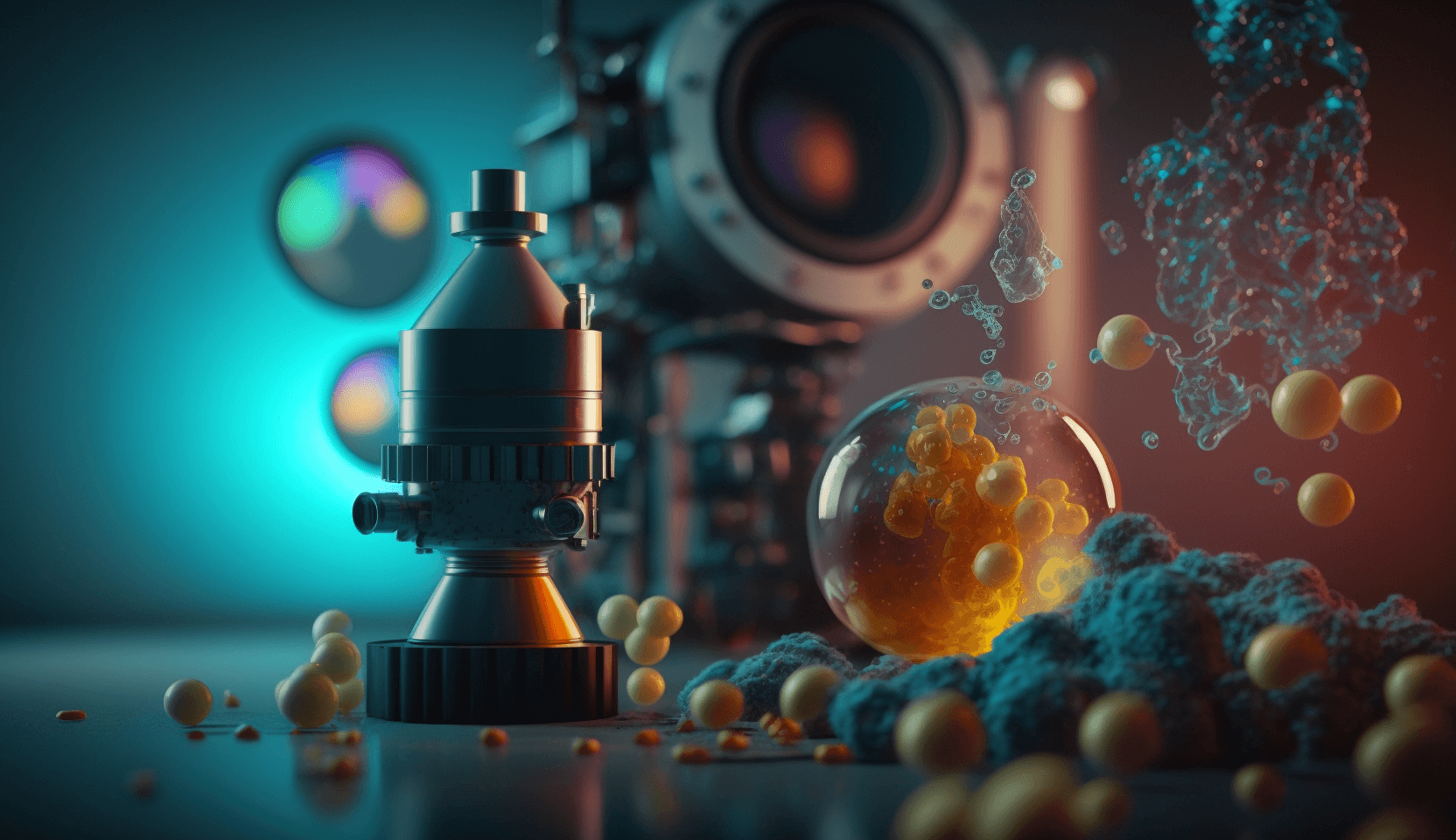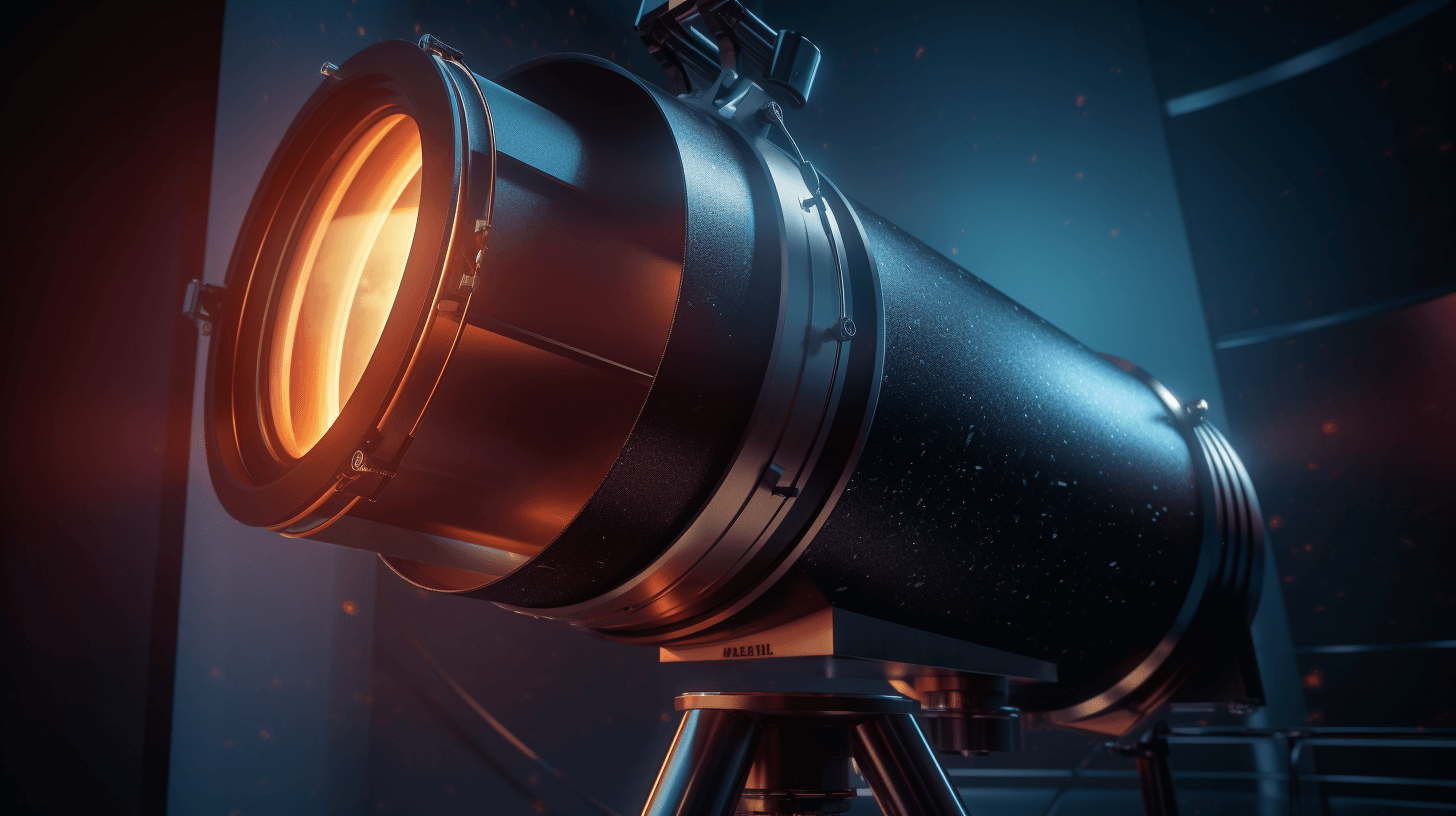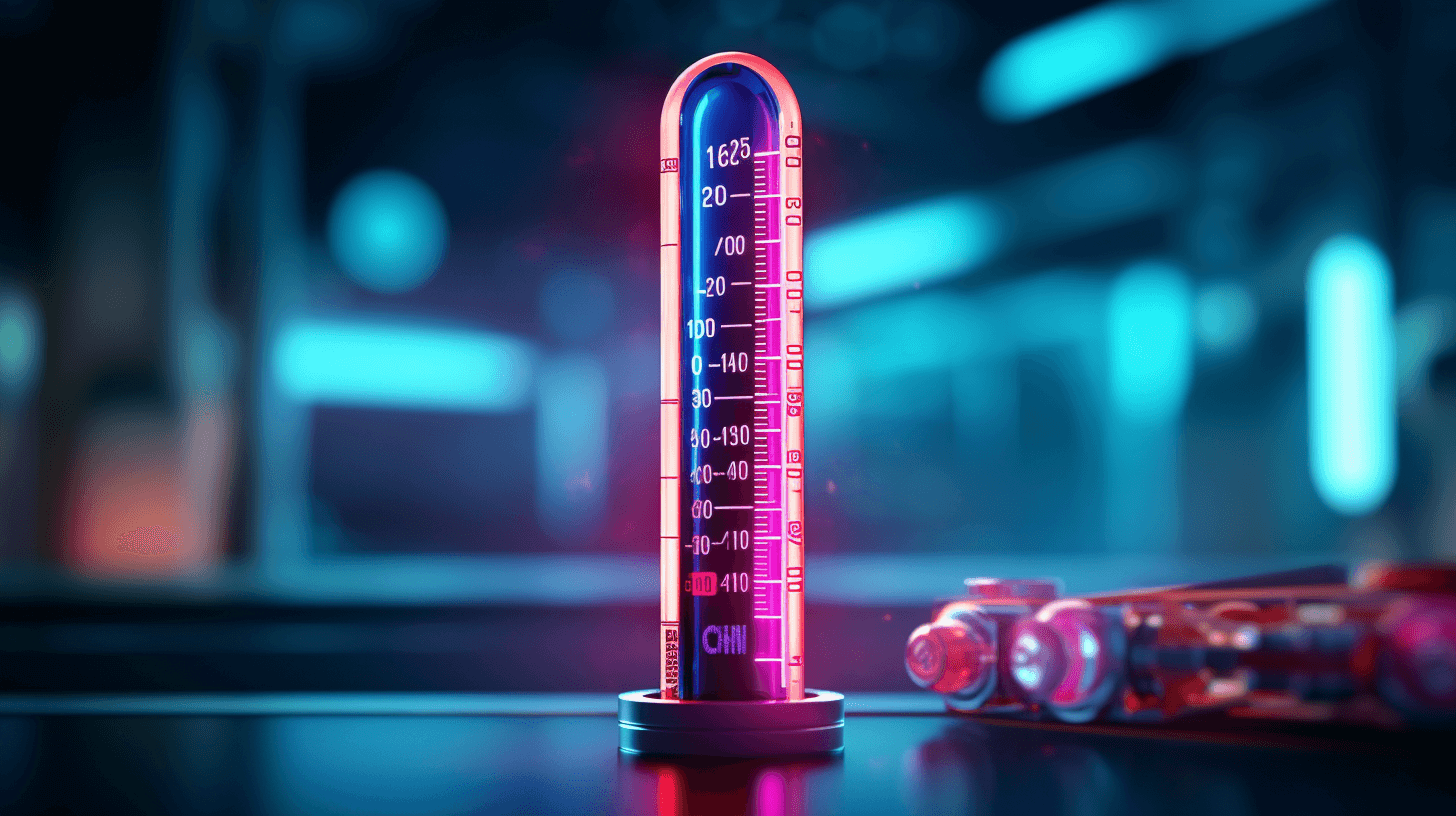😮🐭💤 Check ‘Em Out! Ultrasound Waves Make Mice Act All Like Dey In Hibernation
Get plenny animals out dea, dey go t’rough hard times and good times too, yeah? Like, da ones dat hibernate, dey go hide underground during da winter, slow down dea metabolism so dey no need grinds till spring come. Ho, even da lab mice, if dey no more food, dey go one standby mode, call ’em torpor, fo’ save energy. 😴🍽️❄️
Us humans, we been dreaming about dat kinda thing too: If we ever say aloha to dis planet and cruise around space, we going get our own hard times, fo’ sure. Da sci-fi writers, dey always picture dis kine mysterious technology dat can keep humans in stasis, all good fo’ survive hundreds years of quiet time and den wake up fresh in one new world. But so far, dat kine tech still out of reach, ah? 🚀⏳🌌
Still, da scientists, dey working hard fo’ understand dis kind stuffs like torpor and hibernation. An’ get some mean kine details coming out about how da brain control metabolism. Da kine researchers, dey wen report in da journal Nature Metabolism on Thursday dat dey wen make mice go all torpor-style by using ultrasound fo’ target one specific part da brain. Still not sure why ultrasound get dis kine effect, but da findings make ’em think maybe studying da brain circuits dat make torpor happen could show ways fo’ change metabolism outta da lab too. 🧠⚡️📚
Ultrasound machines, da kine dat make high-frequency sound waves, most times we know ’em for da pictures dey can take. But dey also been used by da brain scientists fo’ stimulate neurons. If da sound waves tuned just right, dey can reach deep inside da brain, says Hong Chen, one professor of biomedical engineering at Washington University in St. Louis and one of da authors of da new paper. In 2014, William Tyler, now at da University of Alabama, Birmingham, and his gang wen use ultrasound on one sensory part of da brain and found out it make one person’s sense of touch more strong. Get more and more research happening now, looking at ultrasound as one treatment for things like depression and anxiety. 📡🎵🧠
Curious about one part of da brain dat control body temperature in rodents, Dr. Chen and her team wen build small kine ultrasound caps fo’ da mice. Da devices, dey send out six bursts, each 10 seconds long, of ultrasound to da chosen part of da mouse’s brain. (Da kine researchers who study da brain with ultrasound, dey gotta be careful fo’ tune dea machines right so dey no cause heat dat can hurt da tissues). 🐭🌡️🔬
Da mice, da researchers notice, dey stop moving. When dey check da body temperature, heart rate, and metabolism, all had one big kine dip. Da mice, dey stay like dat for about one hour after da ultrasound bursts, and den go back to normal. 🛑💓📉
When dey look more close at da neurons dat get involved in dis kine response, da researchers wen spot one protein in da brain membranes, TRPM2, dat seem like sensitive to ultrasound; when da researchers wen lower da amount of dat protein in da mice, da mice wen become more strong against da ultrasound’s effects. 🧪🔍💡
Dis one important step fo’ understand how ultrasound affect neurons, says Davide Folloni, one researcher at da Icahn School of Medicine at Mount Sinai in New York City, who also study da brain with ultrasound; so far, most of da details been kinda hard fo’ catch. But maybe also, da heat dat da ultrasound generate, not just da ultrasound itself, affecting TRPM2 in da brains of da mice, Masashi Yanagisawa and Takeshi Sakurai of da University of Tsukuba in Japan suggest. Dey both been studying da neurons in dis part of da brain, and how dey connect to states of torpor. Both could be happening, Dr. Chen say. 🔥🧠🔄
One of da most exciting parts of da study, da researchers wen check if animals dat no normally go torpor — like rats — act different when da same part of da brain stimulated with ultrasound. True enough, dey seemed to slow down, and dea body temperature dropped. 🐀🐀🐀
“We gotta be careful with da rat data,” Dr. Chen warns. So far, dey only get info about temperature, not metabolism rate and other things.
Could ultrasound be one way fo’ change da metabolism of larger animals with no history of torpor, like us humans? Das one interesting idea, Dr. Sakurai say. 🚹🚺💭
“At dis stage,” he say, “it still one question we no can answer yet.” 🤷♀️🤷♂️🔮
NOW IN ENGLISH
😮🐭💤 Check This Out! Ultrasound Pulses Send Mice Into Hibernation-Like State
There are many animals out there, going through times of scarcity and plenty. For instance, those who hibernate, retreat underground during the winter, slowing their metabolism to survive without food until spring arrives. Interestingly, even lab mice, when starved, can enter a mode called ‘torpor’, a standby state that economizes energy. 😴🍽️❄️
We humans have long fantasized about this very idea: If we ever leave this planet and journey through space, we will undoubtedly experience our own period of scarcity. Science fiction writers often imagine a mysterious technology that places humans in stasis, capable of enduring centuries of silence before emerging renewed into a different world. However, for now, such technology remains elusive. 🚀⏳🌌
Nevertheless, scientists are diligently working to understand states like torpor and hibernation, with fascinating details emerging about how the brain regulates metabolism. Researchers recently reported in the journal Nature Metabolism that they’ve been able to induce a torpor-like state in mice by targeting a specific part of the brain with short ultrasound bursts. Although it’s unclear why ultrasound has this effect, these findings suggest that studying the neural circuits involved in torpor could reveal ways to manipulate metabolism beyond laboratory settings. 🧠⚡️📚
Ultrasound machines, known for producing high-frequency sound waves, are mostly recognized for their imaging capabilities. However, they’ve also been used by neuroscientists to stimulate neurons. If tuned correctly, these sound waves can penetrate deep into the brain, according to Hong Chen, a professor of biomedical engineering at Washington University in St. Louis and an author of the study. Back in 2014, William Tyler, now at the University of Alabama, Birmingham, and his colleagues applied ultrasound to a sensory region in the brain and found that it enhanced the subject’s sense of touch. Now, there’s a growing body of research investigating ultrasound as a potential treatment for disorders like depression and anxiety. 📡🎵🧠
Intrigued by a brain region that controls body temperature in rodents, Dr. Chen and her colleagues created tiny ultrasound caps for the mice. These devices directed six bursts, each lasting 10 seconds, of ultrasound at the chosen area of the mouse’s brain. (Researchers who study the brain with ultrasound need to carefully tune their devices to avoid generating heat that can damage tissues). 🐭🌡️🔬
Upon ultrasound exposure, the mice, the researchers observed, ceased moving. Measurements of their body temperature, heart rate, and metabolism all showed a significant drop. The mice remained in this state for about an hour after the ultrasound bursts, and then returned to normal. 🛑💓📉
When closely examining the neurons involved in this response, the researchers identified a protein in the brain membranes, TRPM2, that appears sensitive to ultrasound. When the researchers reduced the levels of this protein in the mice, the mice became more resilient to ultrasound’s effects. 🧪🔍💡
This discovery is a crucial step toward understanding how ultrasound affects neurons, says Davide Folloni, a researcher at the Icahn School of Medicine at Mount Sinai in New York City, who also studies the brain using ultrasound. The details have largely been elusive thus far. It’s also plausible that the heat generated by the ultrasound, and not just the ultrasound itself, affects TRPM2 in the brains of the mice, a point raised by Masashi Yanagisawa and Takeshi Sakurai of the University of Tsukuba in Japan. Both may be at play, suggests Dr. Chen. 🔥🧠🔄
In one of the most compelling parts of the study, the researchers checked to see whether animals that don’t typically experience torpor — such as rats — behaved differently when the same brain region was stimulated with ultrasound. Indeed, they seemed to slow down, and their body temperatures dropped. 🐀🐀🐀
“We have to be cautious with the rat data,” warns Dr. Chen. So far, they only have information about temperature, not metabolic rate and other factors.
Could ultrasound potentially alter the metabolism of larger animals with no history of torpor, like humans? It’s an intriguing idea, suggests Dr. Sakurai. 🚹🚺💭
“At this stage,” he states, “it remains an unanswered question.” 🤷♀️🤷♂️🔮







